Promote the spirit of learning
On the last day of February, we had the opportunity to visit Quynh Doi commune. Right in front of the imposing village gate, there were cars carrying tourists parked. On the village gate were hung many pictures of fish, the symbol of “carp jumping over the dragon gate”.
After the village gate, the first relic is the church and tomb of the Royal Doctor - Minister Quynh Quan Cong Ho Phi Tich. Inside, hundreds of wooden fish are also hung solemnly. A group of quite elderly tourists from Hanoi are attentively listening to the tour guide tell the story of "Mr. Nghe and the wooden fish" by Mr. Ho Phi Tich. This story was re-enacted into a skit to attract tourists, as a product of the tour "Wooden fish village - Behind the halo".
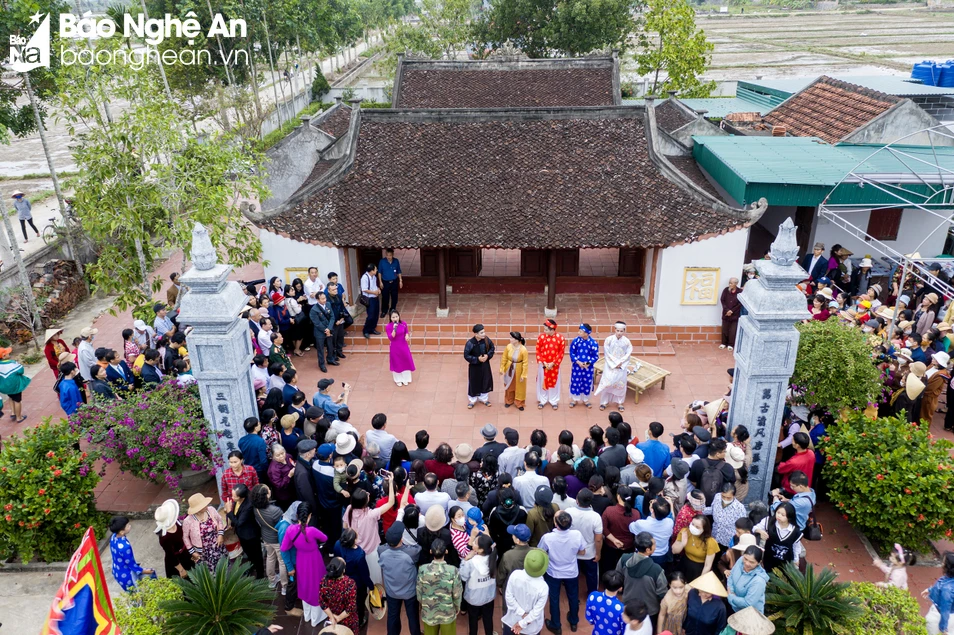
Warmly welcoming visitors, Mr. Ho Phi Sinh (85 years old) said that he is the 7th generation descendant of Duke Ho Phi Tich. For many years, he has been in charge of taking care of this church. This is also a ranked national relic, and is also the place where amateur actors from Quynh Doi commune perform the story "Mr. Nghe and the wooden fish" to serve tourists.
The story is about Ho Phi Tich who rented a room to study and wait for the imperial examination. During the time he rented the house, the landlady saw that every day Ho Phi Tich only ordered white rice and asked for a bowl of fish sauce but no food. At each meal, Ho Phi Tich took out a golden grilled fish from his bag and placed it on a plate, then ate the rice. Finally, the landlady discovered that it was just a wooden fish. Ho Phi Tich looked at it and imagined that every meal had fish. Although poor, thanks to his efforts and determination, Ho Phi Tich finally passed the imperial examination to become an official.
“Bringing this story into tourism is also a way for our village to promote the love of learning that has been passed down through many generations. Behind success and passing exams is effort and overcoming difficulties to rise up,” said Mr. Sinh.
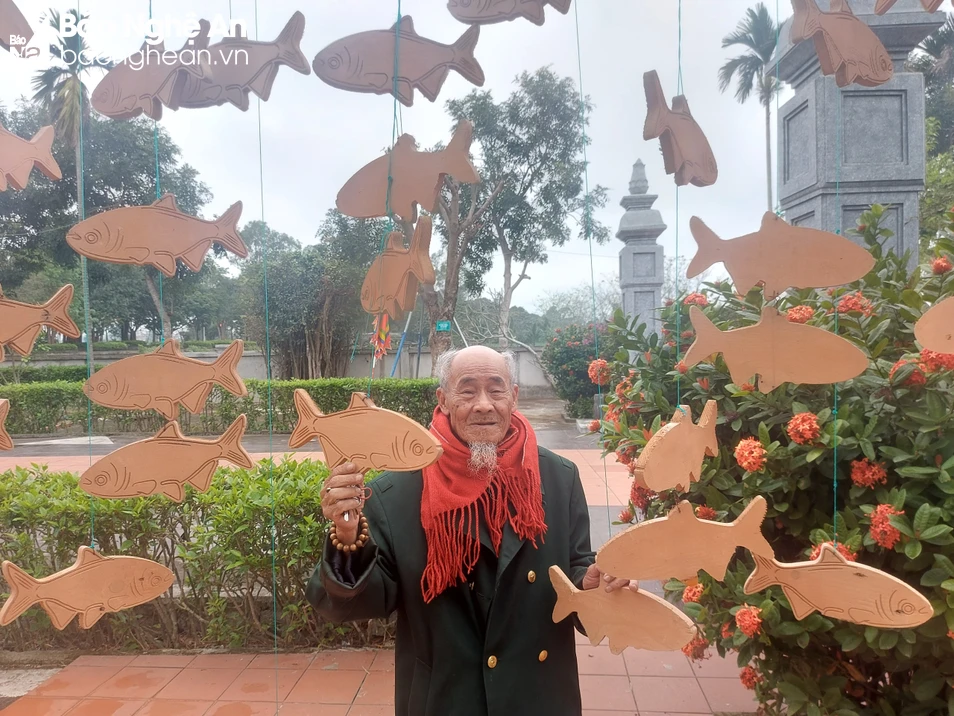
Like many other people in Quynh Doi village, Mr. Sinh is proud of his ancestors’ tradition of mandarin examinations, the birthplace of outstanding talents, contributing to the glory of his homeland and country. That is why Quynh Doi has long been known as the “Mandarin Village”, famous for the saying “Bac Ha has Hanh Thien – Hoan Dien has Quynh Doi”.
According to statistics from the leaders of Quynh Doi commune, from 1378 to 1918 when the Chinese examination was abolished, Quynh village had 734 people passing the bachelor's and bachelor's exams. Of these, 88 people passed the Hoi exam and were awarded the third prize; 4 were awarded the second prize, 7 were awarded the doctorate, 2 were awarded the second prize, 1 was awarded the third prize...
Typical examples include Mr. Ho Sy Duong, who passed the exam three times, and was ranked second in the Dong Cac exam; female poet Ho Xuan Huong, the Queen of Nom poetry in the 18th century; scholar Pham Dinh Toai... Almost every family here has someone who passed the exam. After the August Revolution in 1945, up to now, the whole commune has had over 1,000 university and post-graduate graduates, over 300 people studying and teaching at 28 universities across the country, including 52 masters, 55 doctors, 16 associate professors, 5 professors, 3 international academicians, hundreds of people working in the fields of scientific research, journalism, and artists.
Quynh Doi is a small rural area, currently with only about 5,000 households, but it has produced 5 people who were members of the Party Central Committee, including 2 members of the Politburo. In addition, Quynh Doi also has 9 people who were National Assembly deputies, 31 Provincial Party Committee members, of which 11 people held the positions of Provincial Party Secretary, or Deputy Secretary of the Regional Party Committee, Provincial Party Committee; 5 members of the Provincial Party Standing Committee; 15 people who were Ministers, Deputy Ministers and equivalent, including 8 District Party Secretaries, 2 Deputy District Party Secretaries, 3 Chairmen of District and District People's Committees...
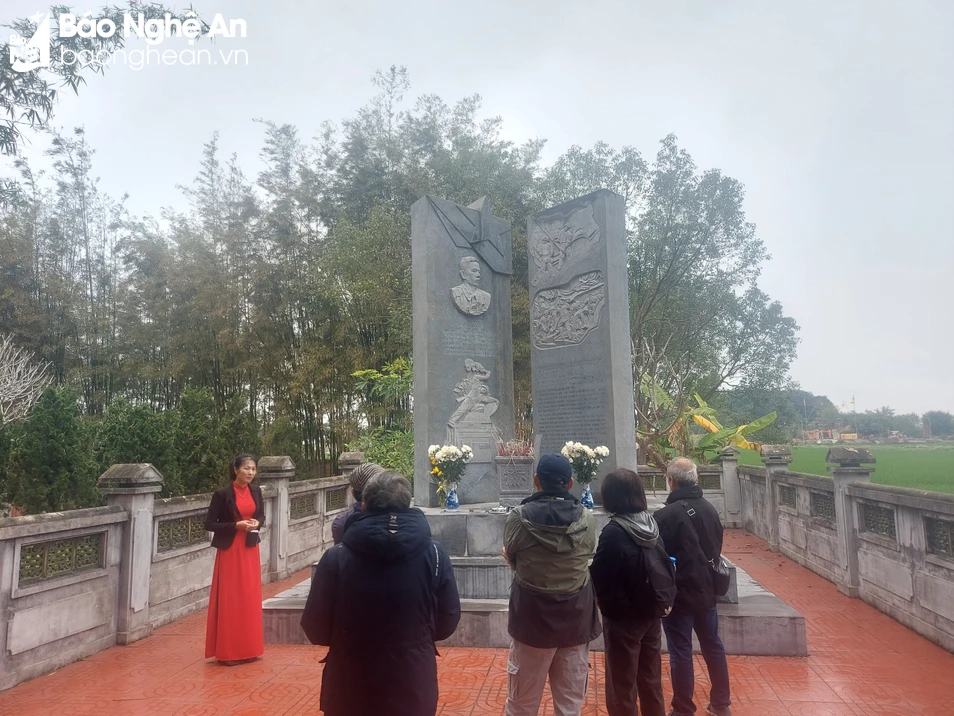
Aspiration to do tourism
Next to the Quynh Quan Cong relic in Quynh village today is a cluster of memorial steles commemorating poetess Ho Xuan Huong, the tomb of revolutionary Ho Tung Mau and the memorial stele commemorating armed forces hero Cu Chinh Lan. Not far from the cluster of relics is the temple worshipping the village's tutelary god, the ancient well of Ba Ca associated with the image of poetess Ho Xuan Huong slipping on a water carrier. Here, visitors can try on ancient costumes, carry water in a clay pot and recreate the scene of Ho Xuan Huong fetching water...
According to Mr. Ho Sy Hung - Vice Chairman of Quynh Doi Commune People's Committee, the idea of doing tourism was raised by the Commune Party Committee in the previous term, but it was not until this term that it was included in the core task. "By 2023, with the support of a Quynh Doi native living in Hanoi, our commune decided to launch tours to promote the land, people, and history of the village," Mr. Hung said, adding that in 2023, the Vietnam Tourism Association came to survey, guide, and support this locality in step-by-step research, resource assessment, and unification of ideas and implementation steps...; from there, the tourism features in Quynh village were gradually formed.
By mid-December 2023, the tour “Go Fish Village - after the halo” was officially launched. In addition to the sketch “The scholar Nghe and the wooden fish”, right at the gate of Quynh Doi village, when visitors arrive, they can also watch the sketch “The person has returned here”. This is a sketch recreating the scene in 1903, when Uncle Ho and his brother were led by Mr. Nguyen Sinh Sac, visited and stayed in Quynh Doi village for a while…
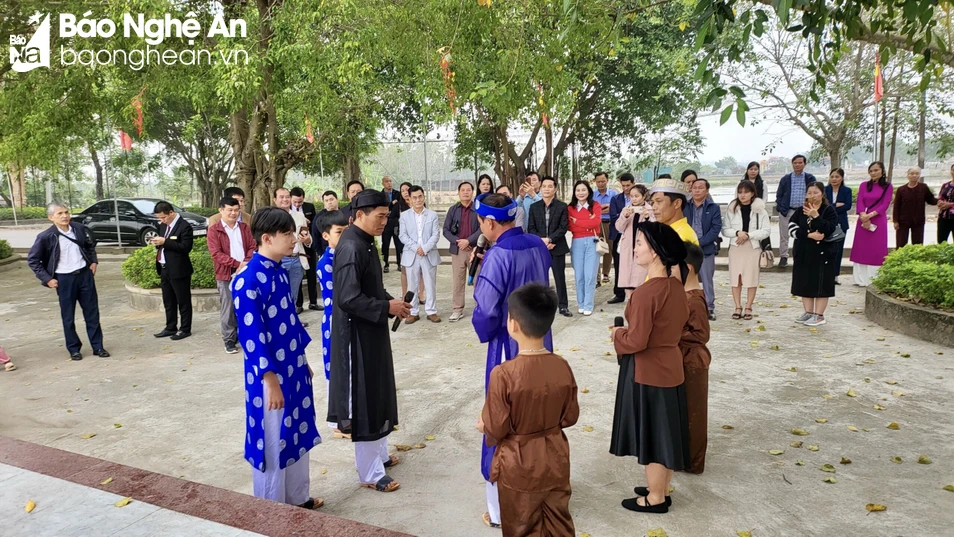
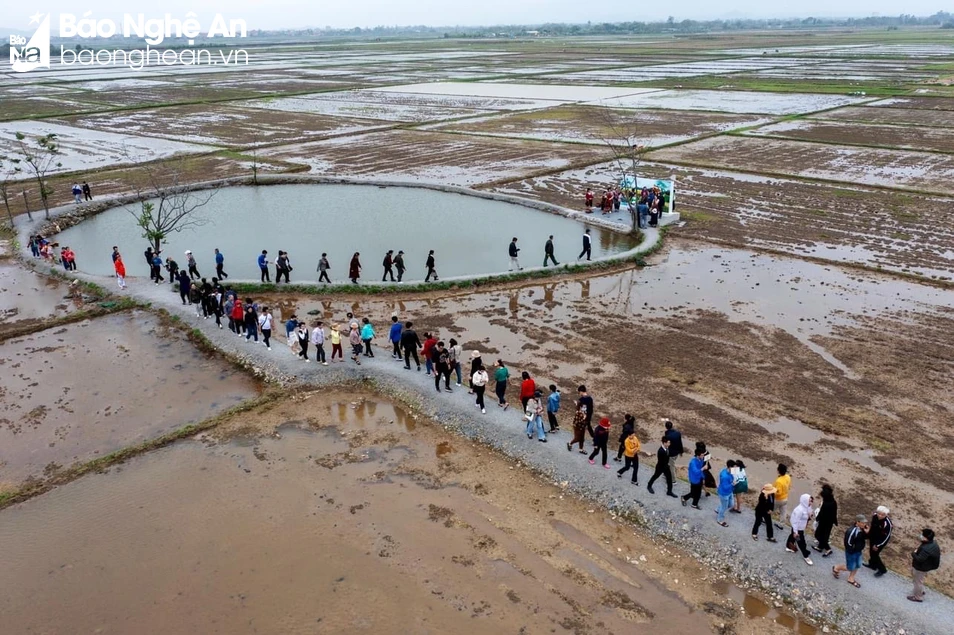
Not only can visitors watch these skits, when coming to Quynh Doi village, they can also visit a series of other relics. Perhaps there are few communes with as many historical and cultural relics as Quynh Doi. This small land currently has 8 relics ranked at the national level and 3 historical relics at the provincial level. These include the Temple of the Gods, the communal house, the Ho family temple, the Nguyen Trieu Co family temple, the Hoang Khanh temple, the temple of Duke Ho Sy Duong, the church of Duke Ho Phi Tich, the Duong family temple. Especially the cluster of National Monuments of the church and tomb of Ho Tung Mau, a typical revolutionary activist of the Vietnamese revolution, along with many works associated with events and names of Quynh Doi people that have gone down in the history of the nation such as the memorial stele of poetess Ho Xuan Huong, the memorial stele of Army Hero Cu Chinh Lan, the memorial of martyrs 1930 - 1931, and the Soviet garden.
According to Mr. Ho Sy Hung, before implementing the tours, the commune mobilized 500 million VND from the community to have funds to decorate the relics, organize programs... In addition, the commune also sent 10 people to attend a class to become tour guides. After the course, only 4 people met the criteria and were selected.
“The four tour guides are all children of the commune. One is the village party secretary, the other is a farmer. Currently, they have not been paid, but their income depends on tips from tourists. At first, tourists came for free, but recently we have started charging a fee,” Mr. Hung said, adding that currently, each tourist who comes to visit, watch the skits and have a tour guide explain only spends from 50,000 to 100,000 VND.
“Because we are new to tourism, our products may still be monotonous. In the future, we plan to introduce many other products. These include night tourism products, such as music shows, folk songs, and folk songs,” Mr. Hung added.
Source











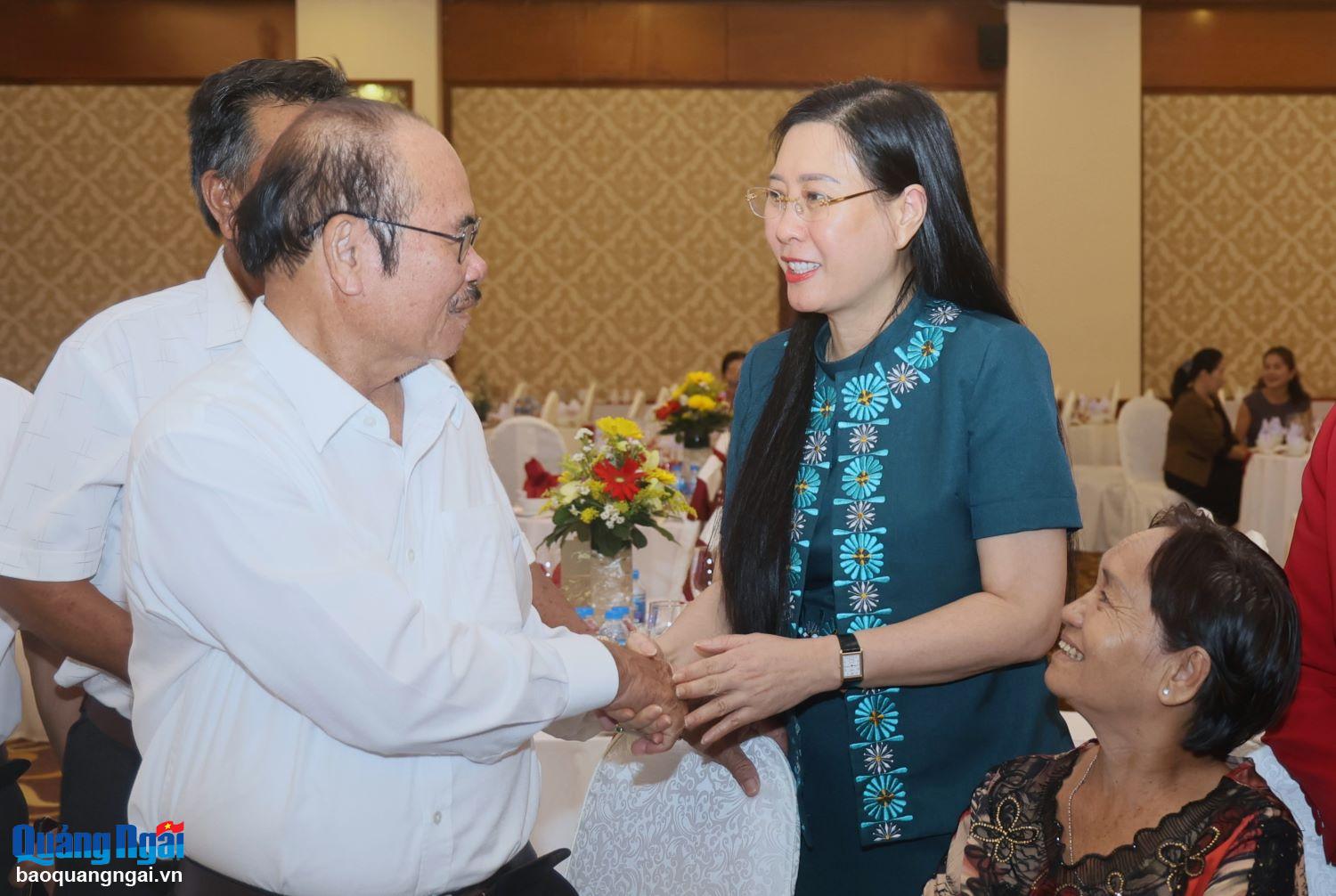
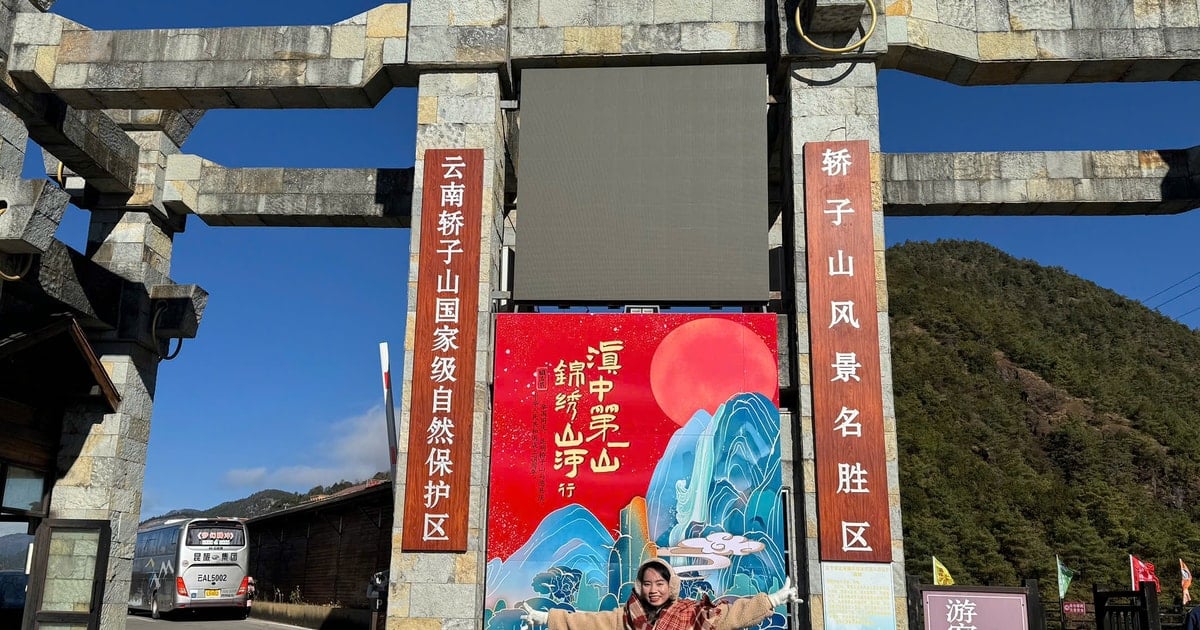
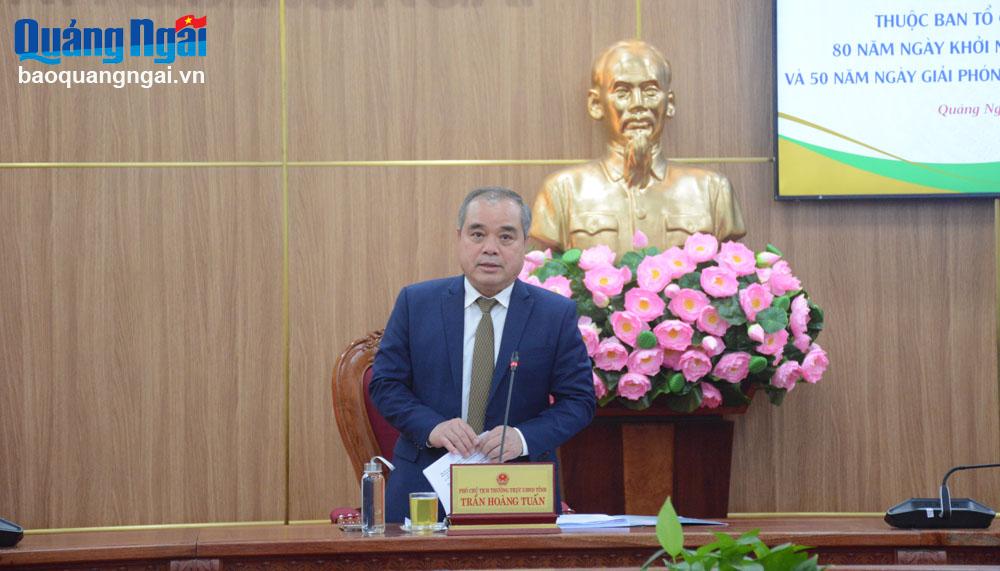






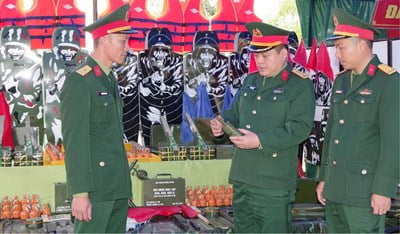


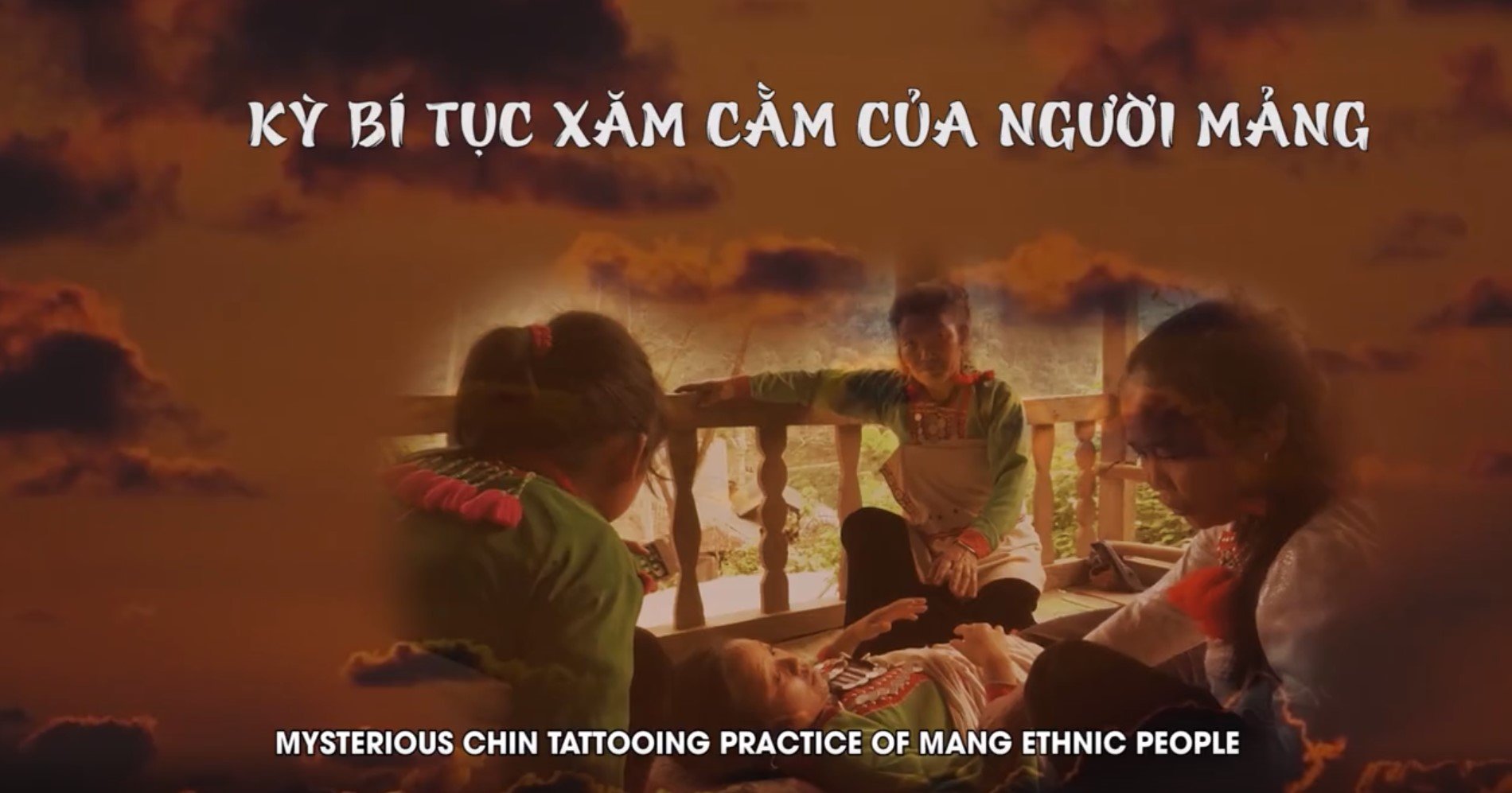
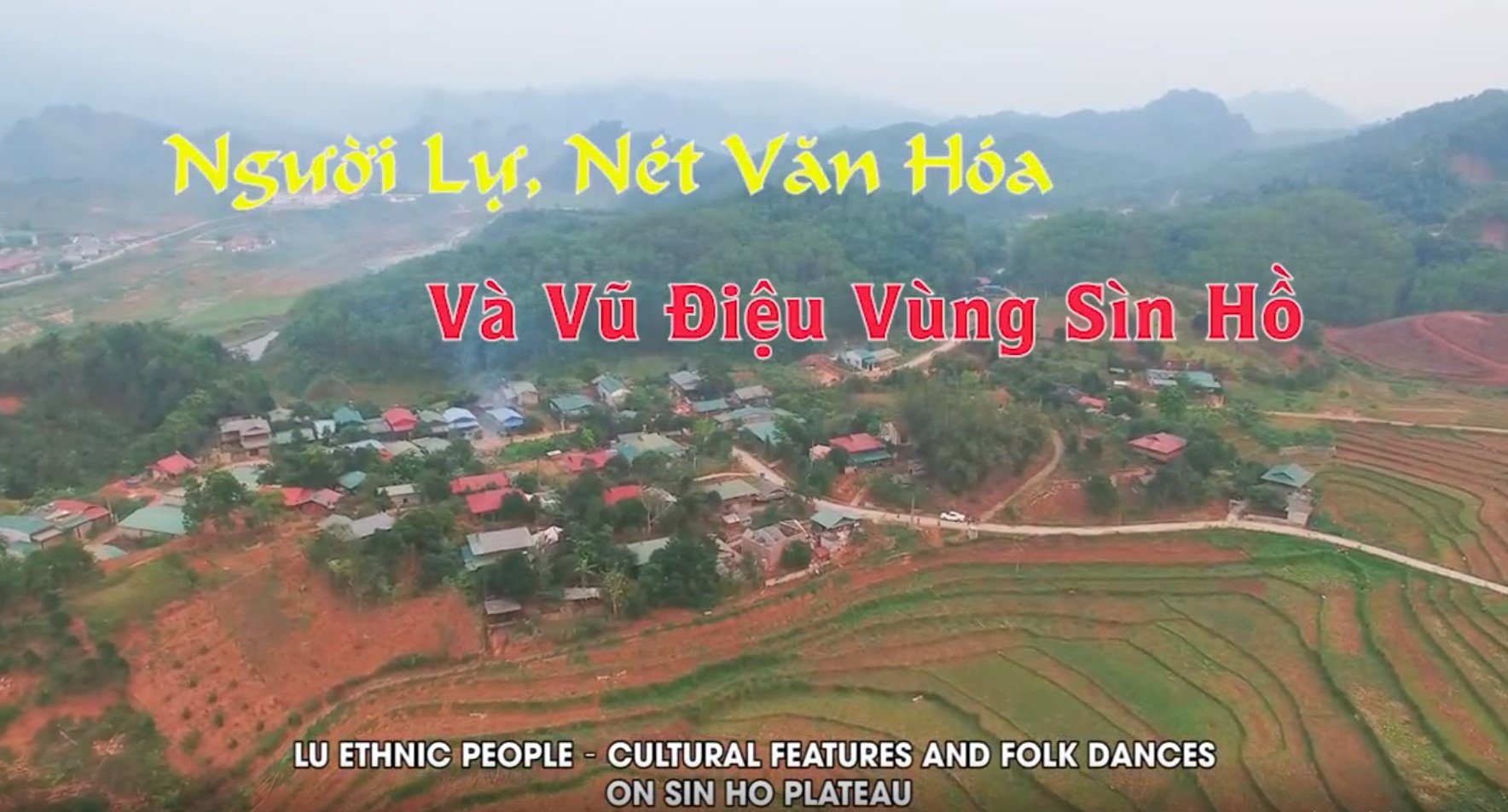

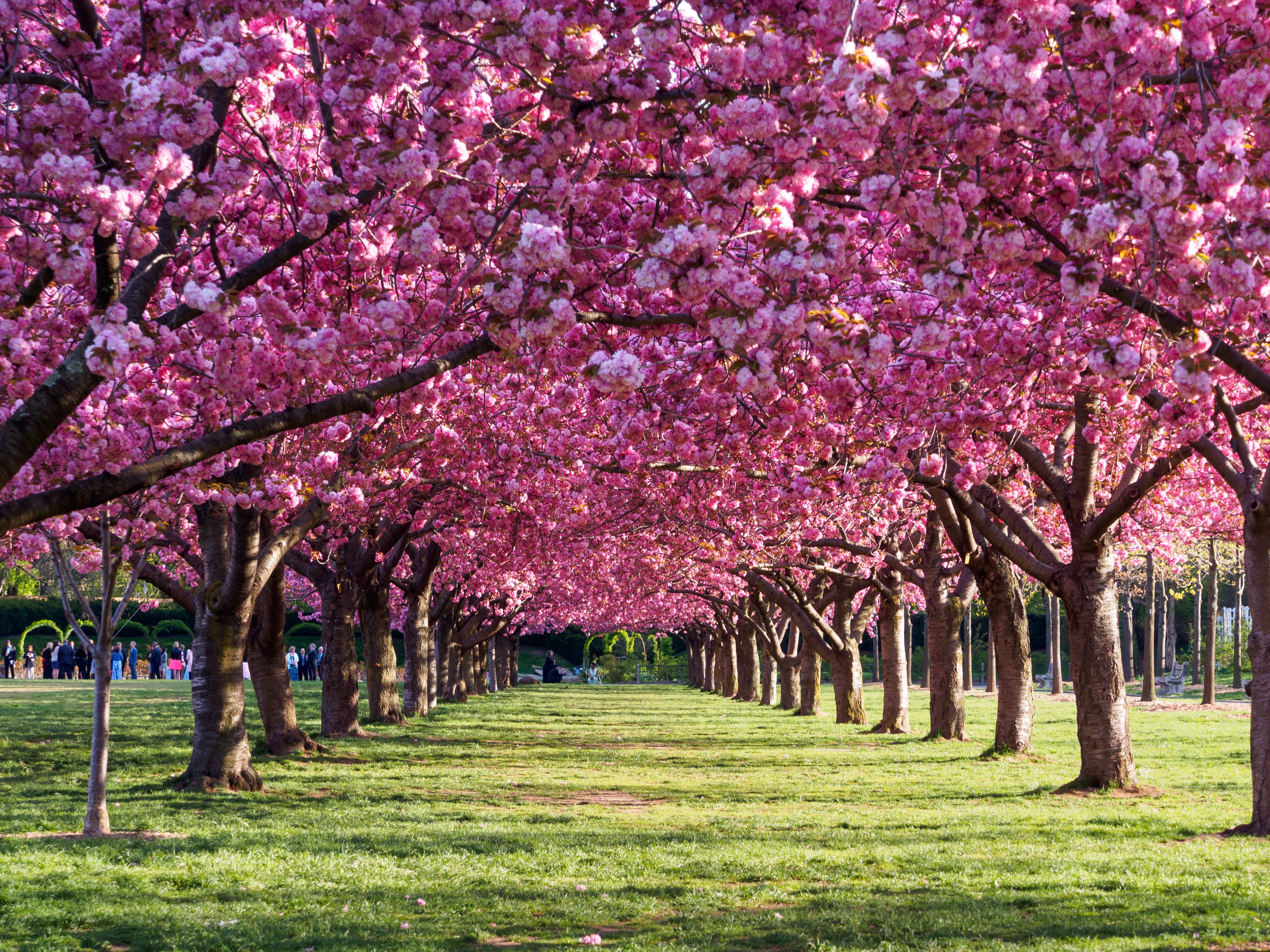
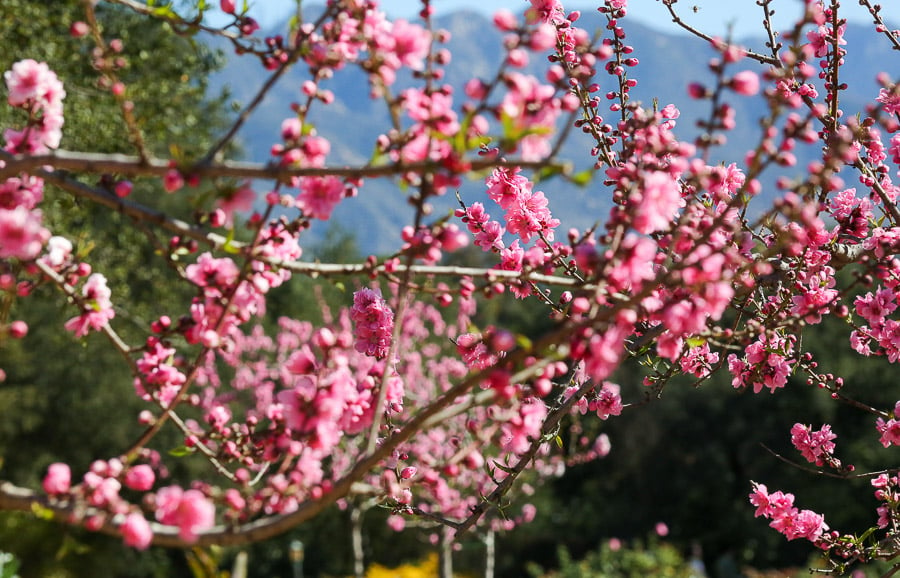








![[Photo] Prime Minister Pham Minh Chinh chairs Government Conference with localities on economic growth](https://vstatic.vietnam.vn/vietnam/resource/IMAGE/2025/2/21/f34583484f2643a2a2b72168a0d64baa)













































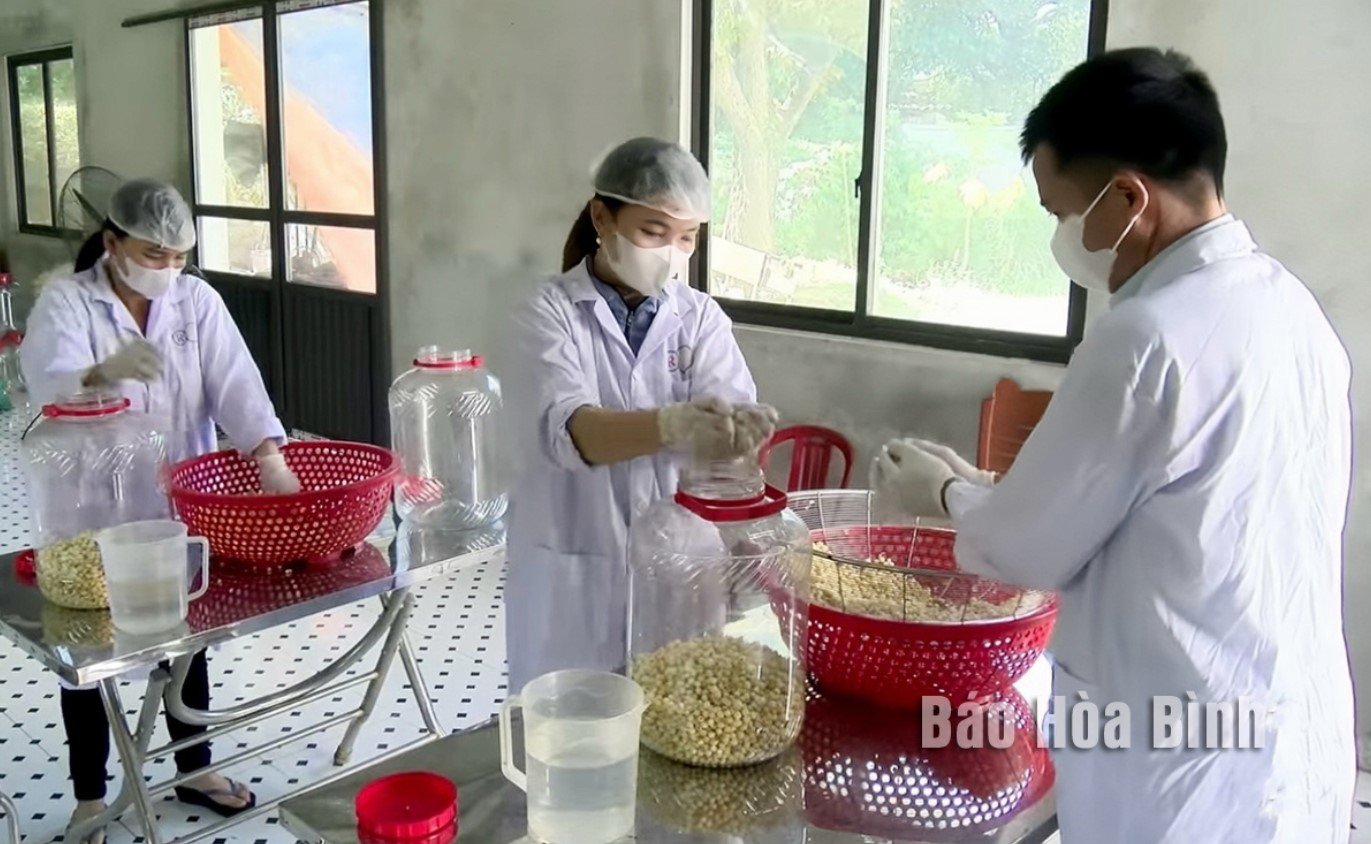






Comment (0)